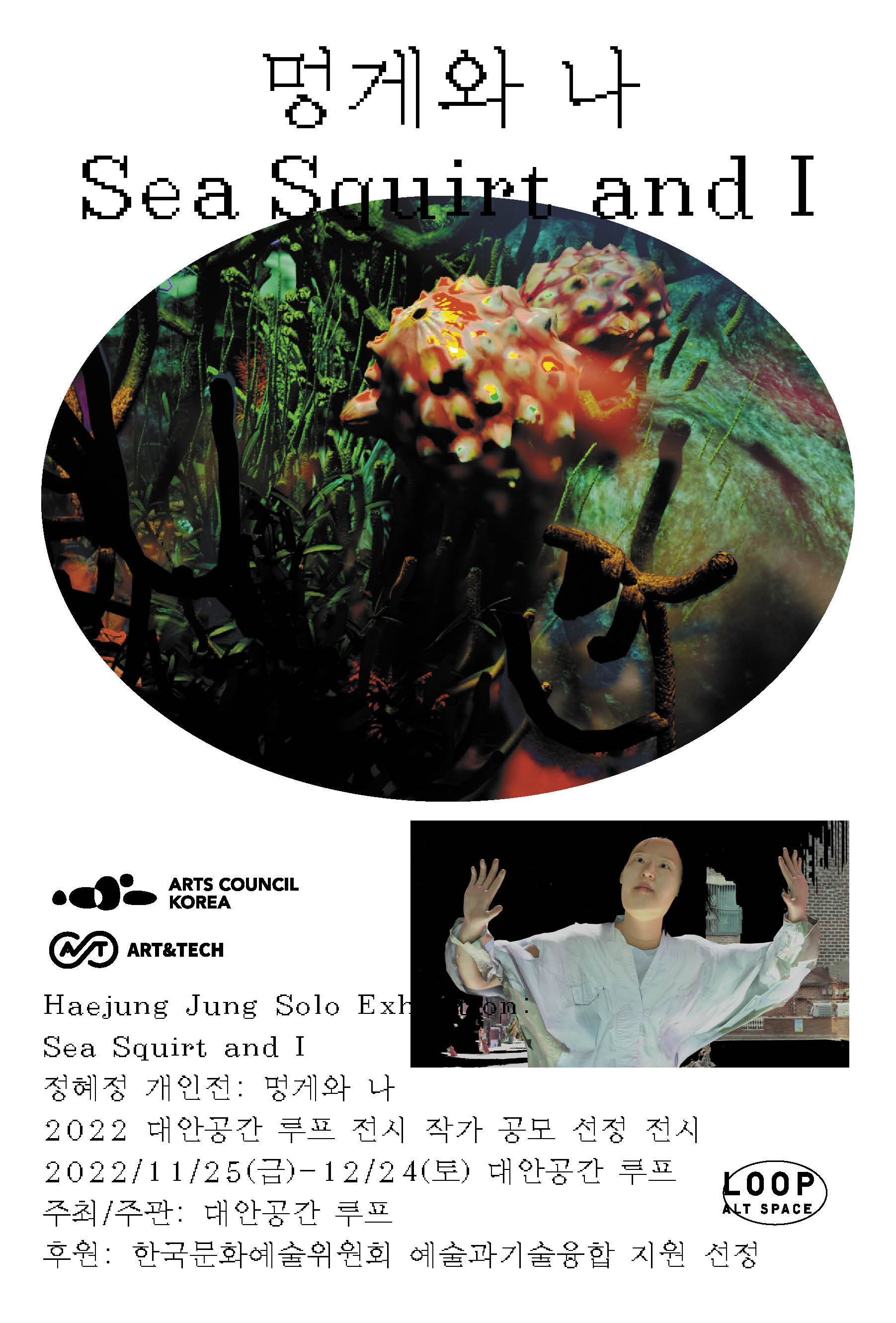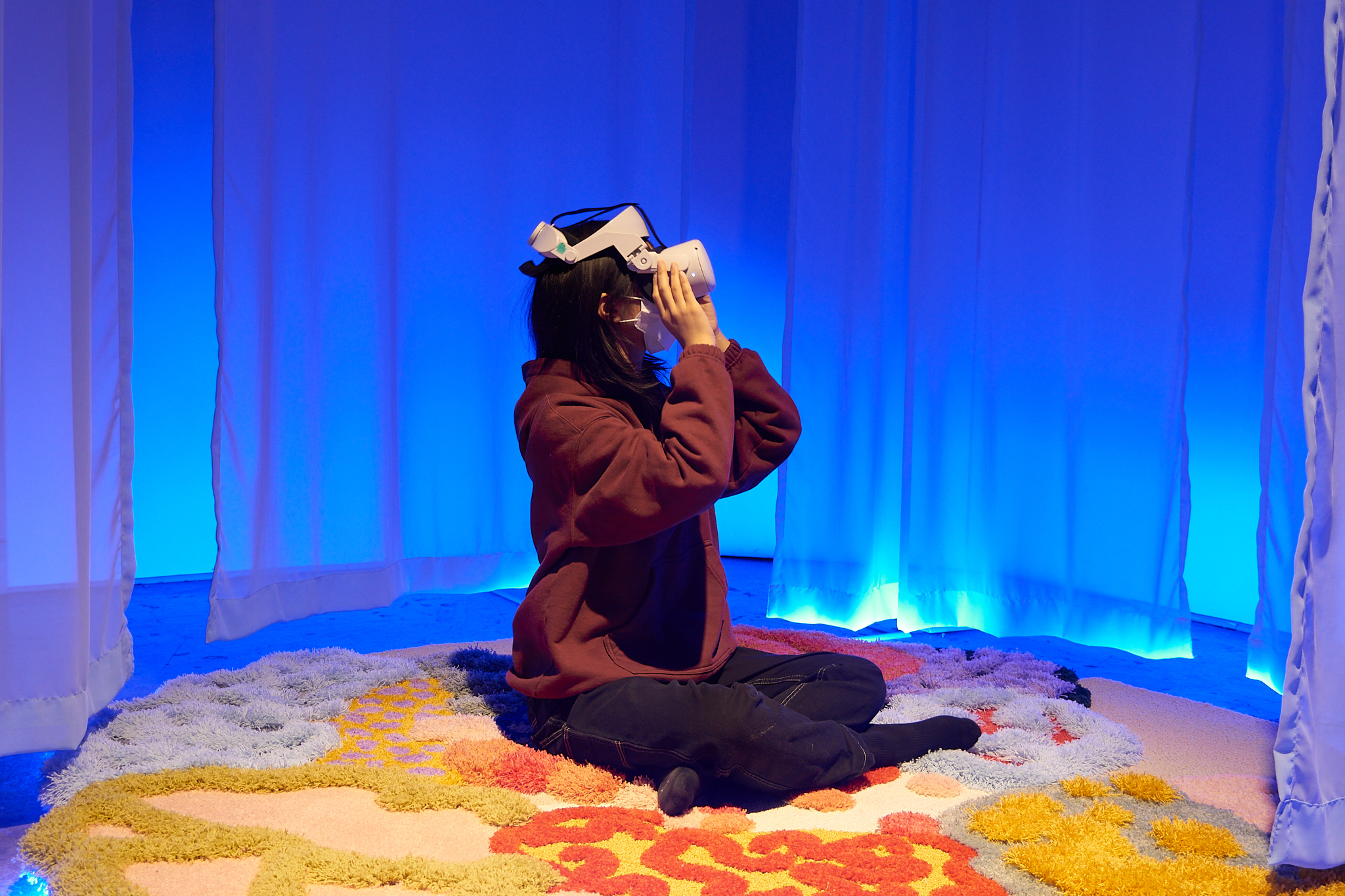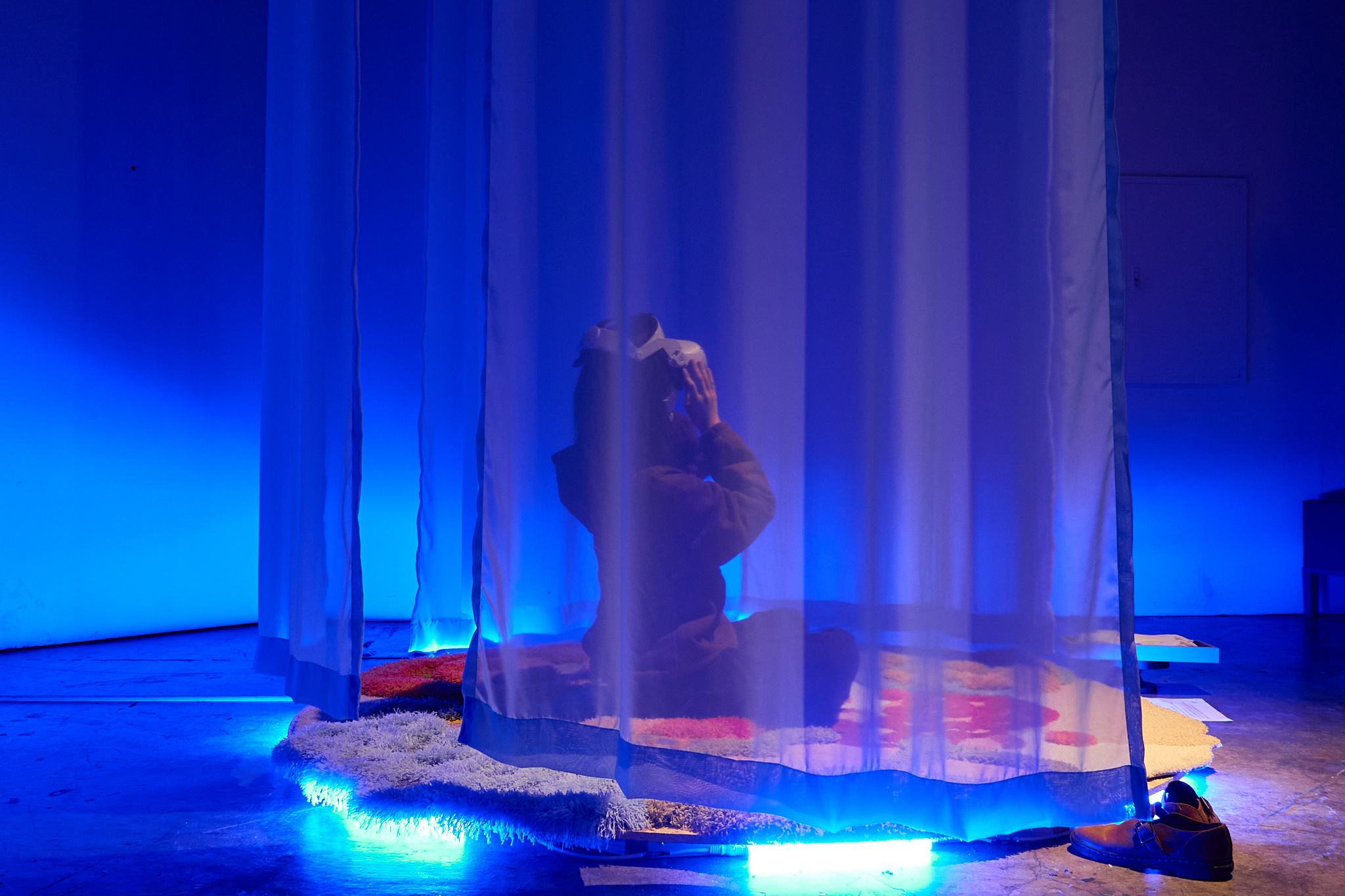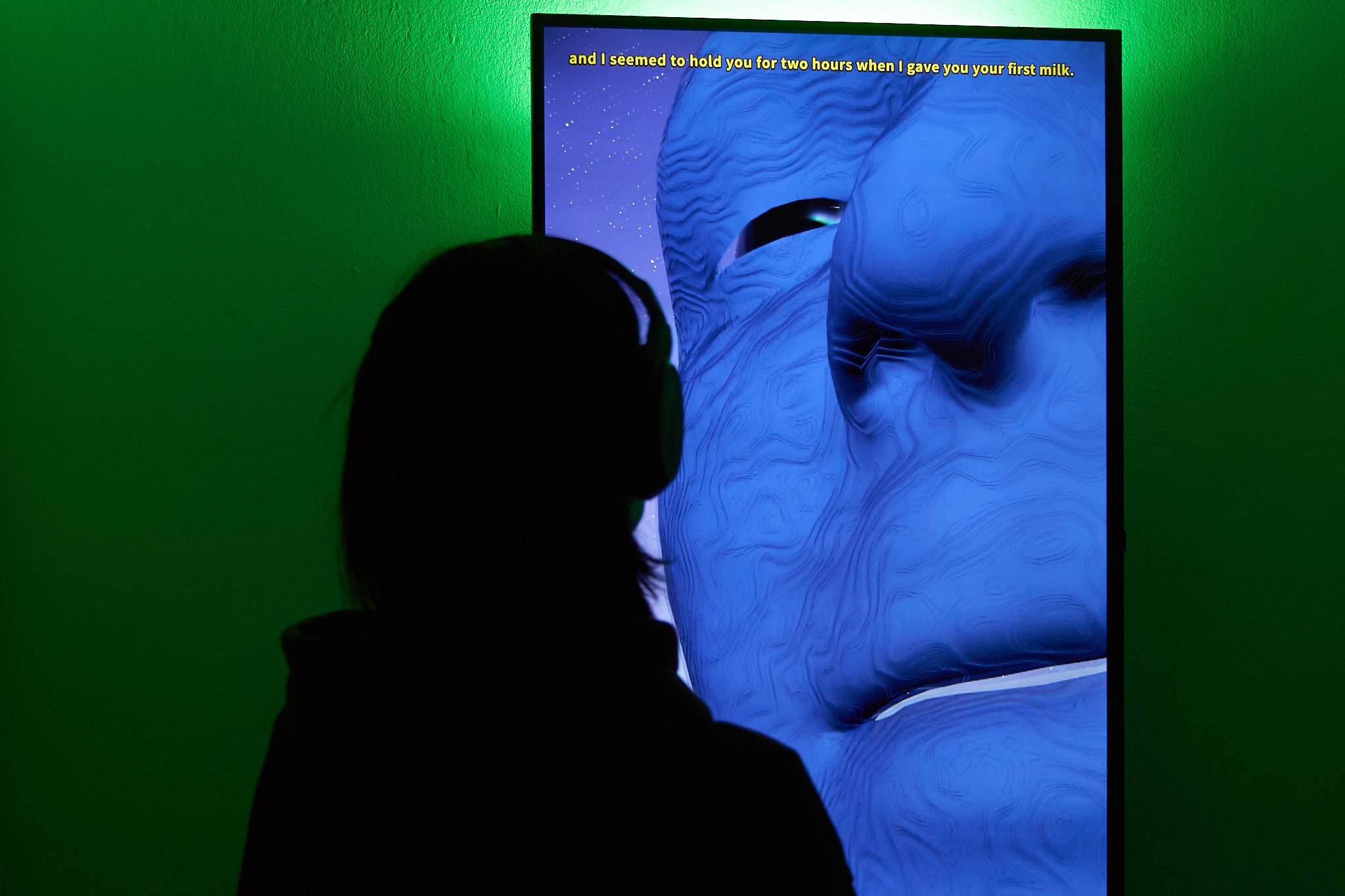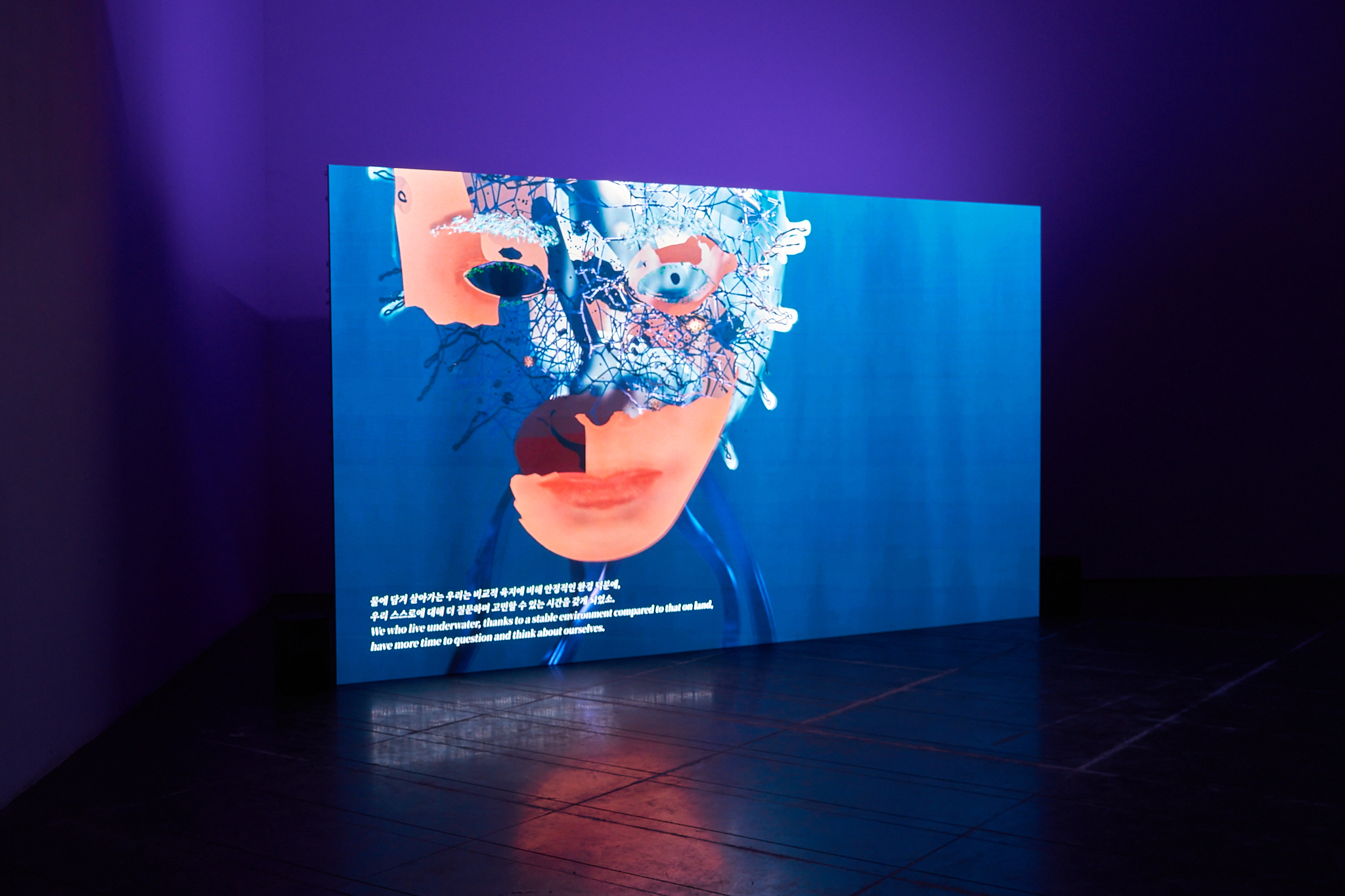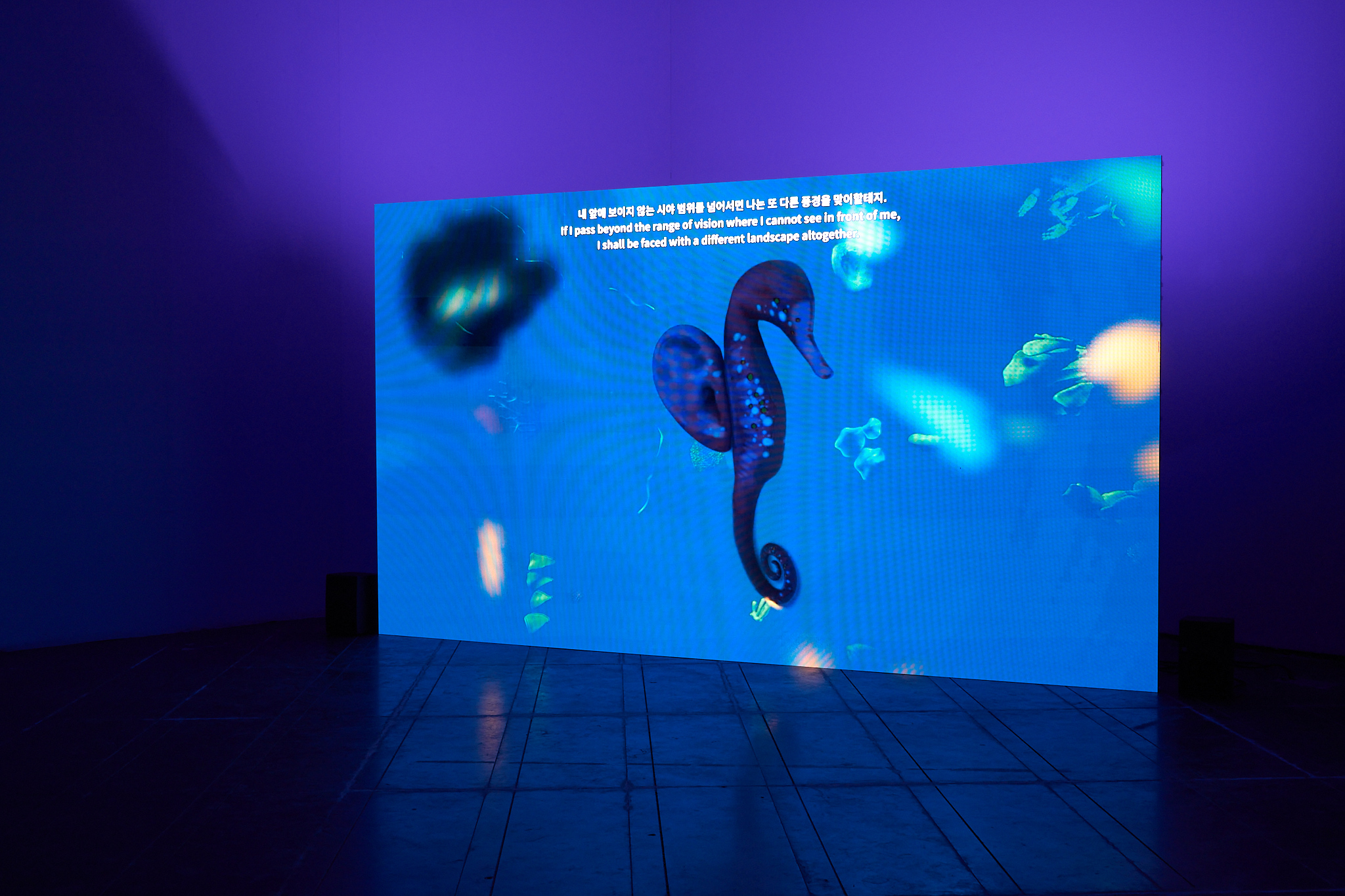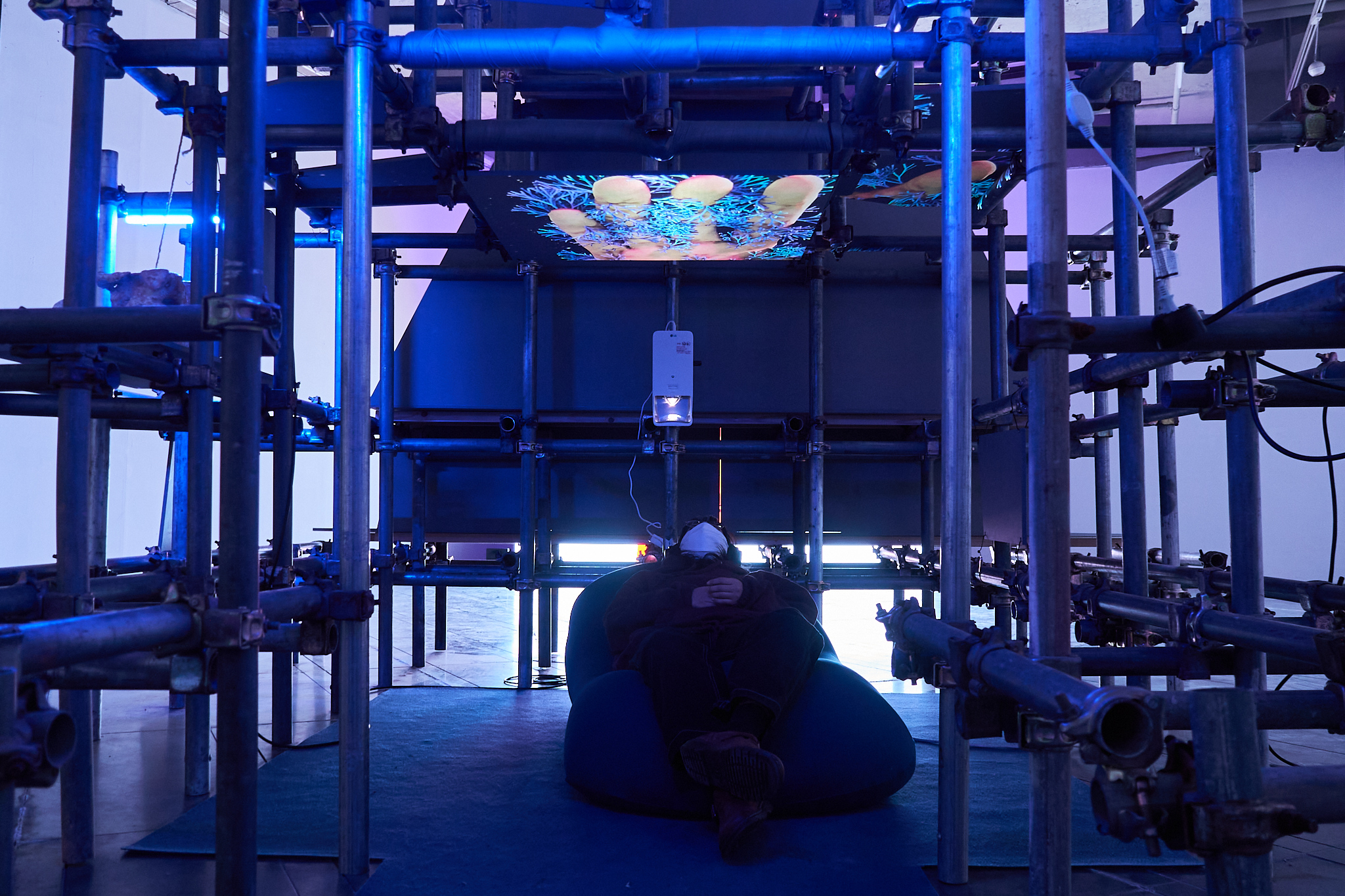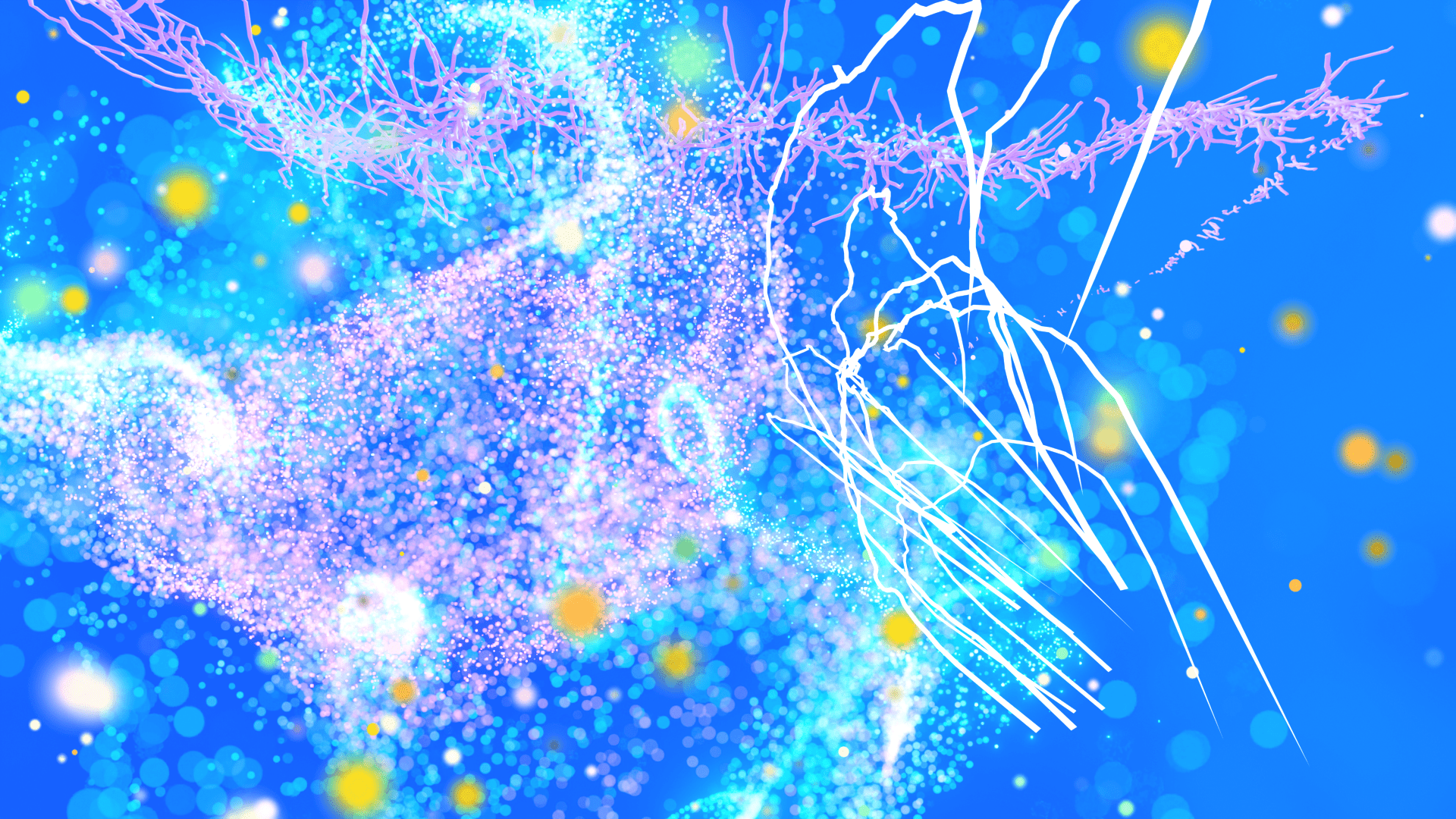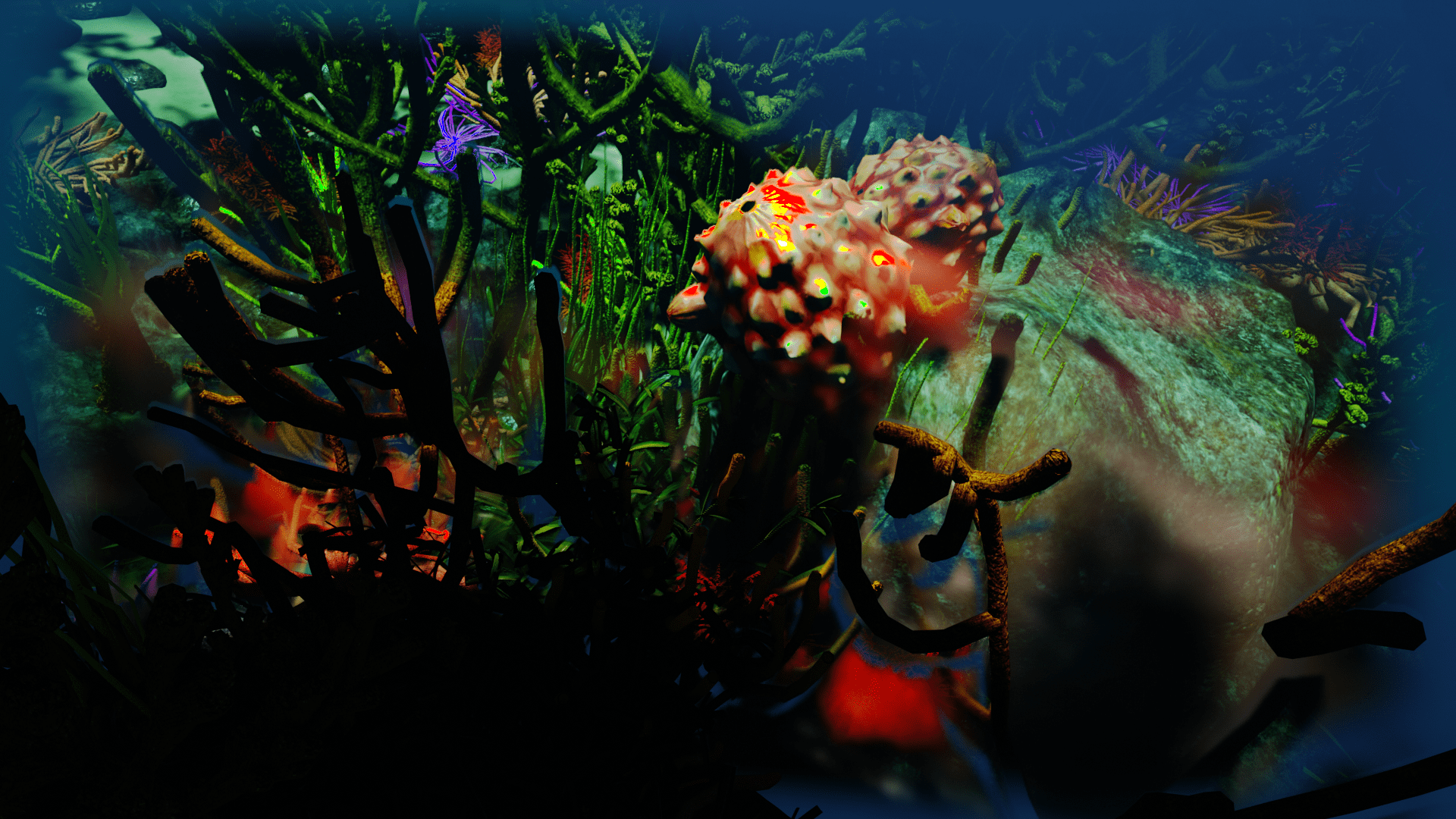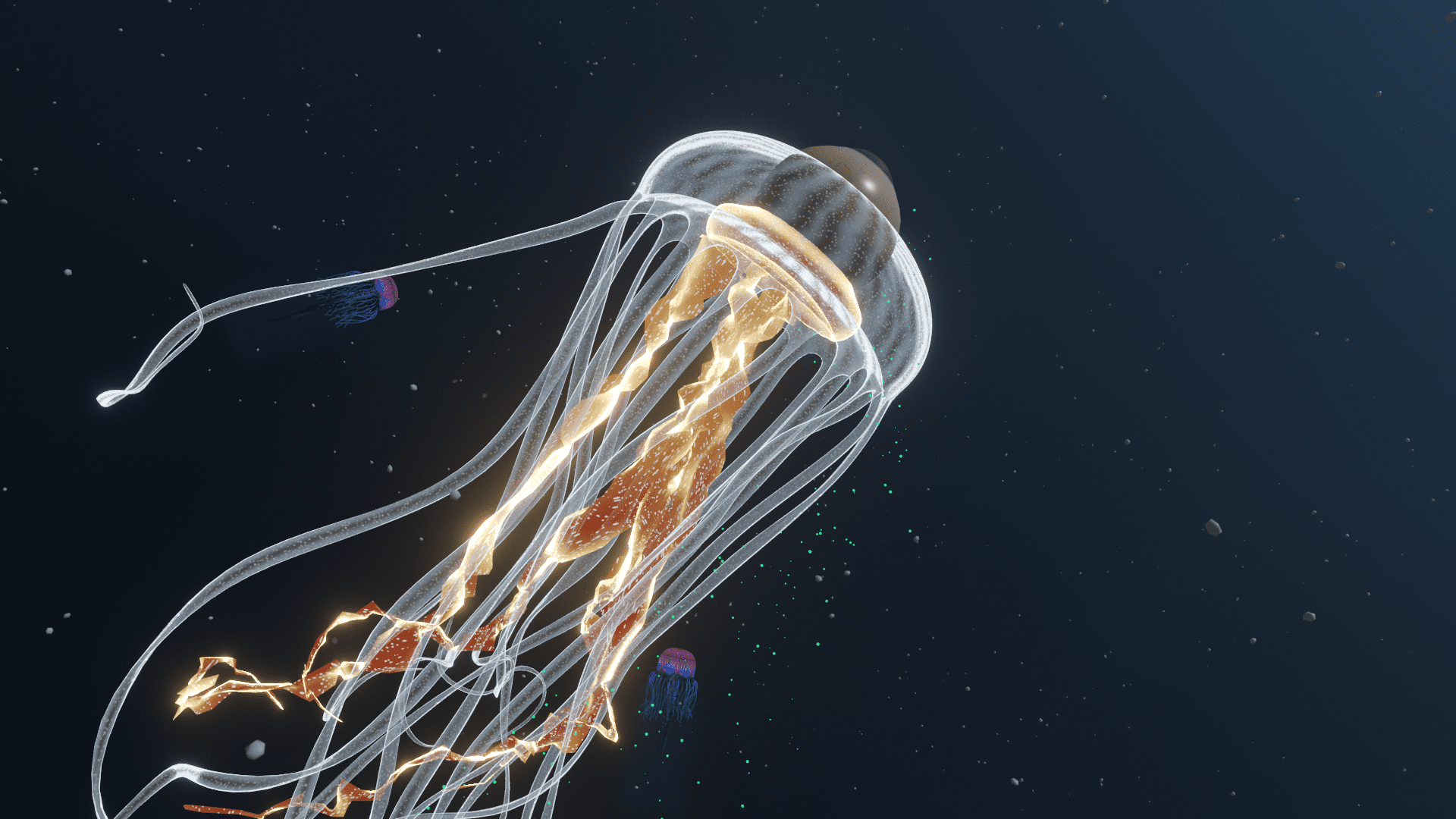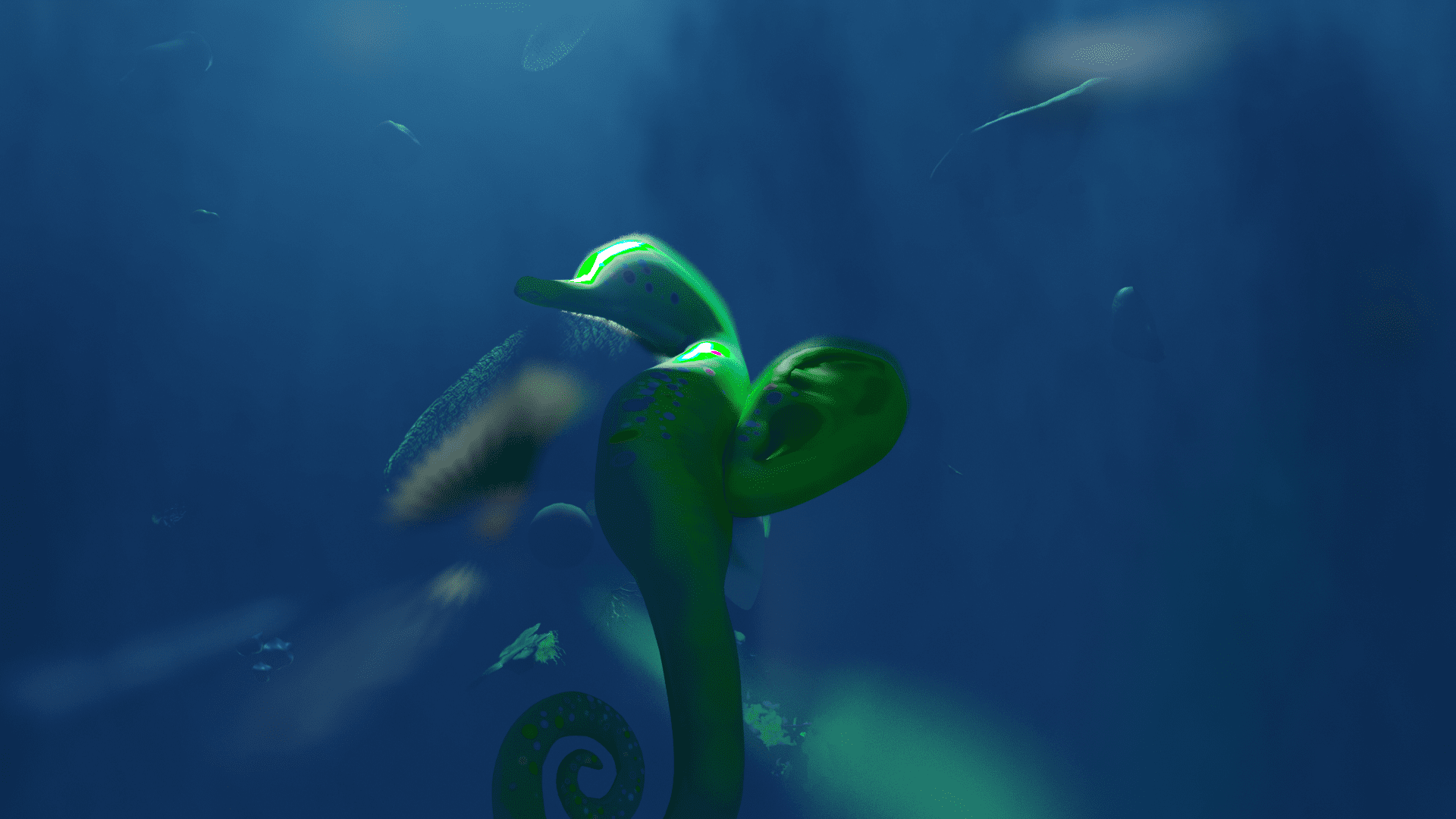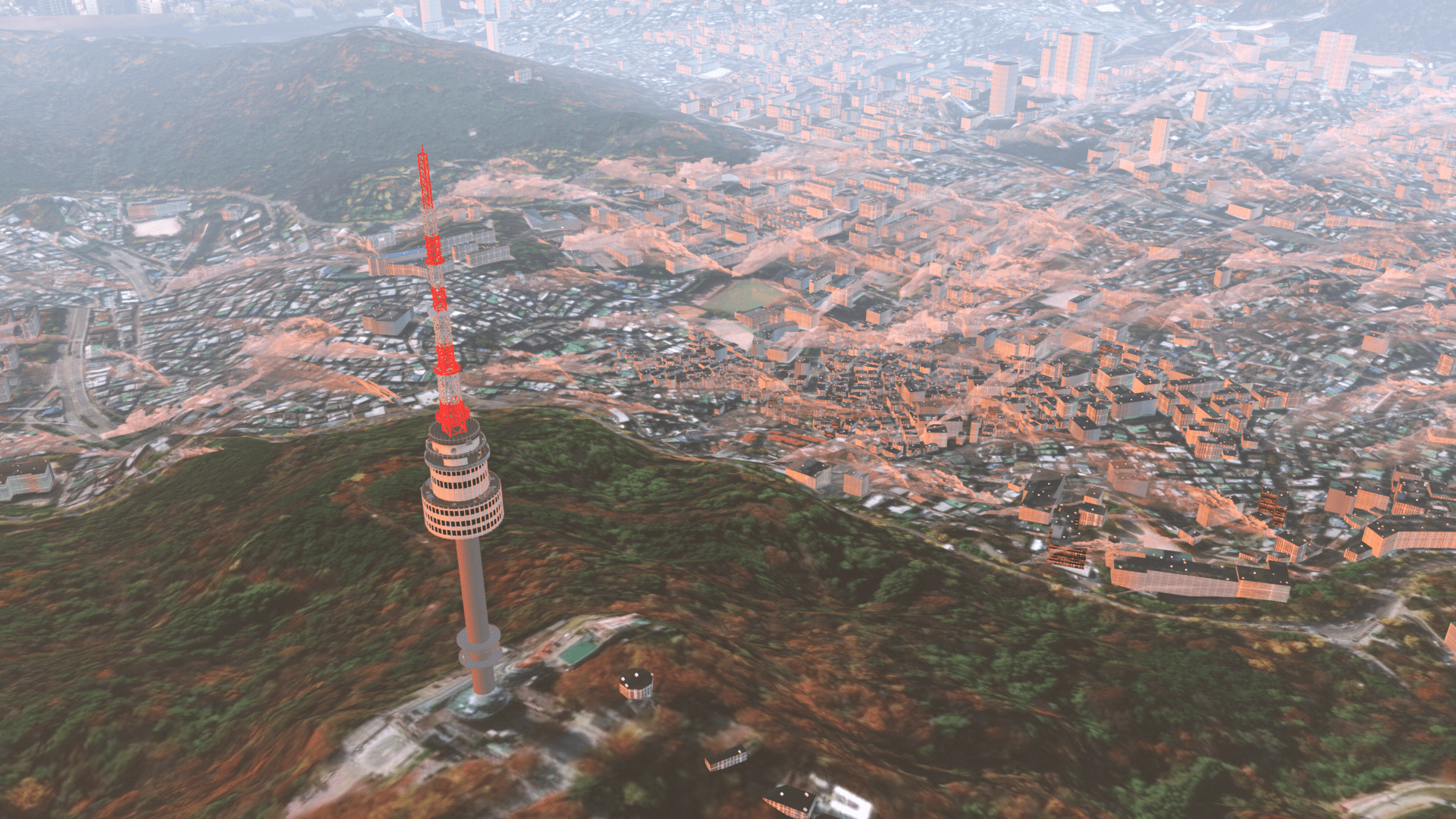Around 65 million years ago, dinosaurs lost their home when an asteroid crashed into Earth. The ensuing climate and environmental catastrophe led to the gradual extinction of earth’s top predators. As powerful as they were, there was nothing they could do in the face of total disaster. Our planet has survived five previous extinction phases, and in the last century 543 species of land-dwelling vertebrates became extinct. Biologists predict that within the next two decades this number will only increase, and that it will be higher than the previous century as every species that disappears from the planet leads to a chain collapse of ecosystems. Some scholars believe the planet is already in its sixth mass extinction phase.
Vaccine development seemed the innovation that would free humans from viruses, but our kind’s hubris and selfishness have led to world-wide pandemics in recent years. The limits of a Western anthropocentrism that considers humans the sole species with active agency have become clear, and confirmed by the spate of environmental pollution, ecological disasters, climate catastrophes, and infectious diseases. The ecosystem of, or by, humans is increasingly disappearing. The current top predator of our planet, humankind, cannot be exempt. Extinction is in progress.
Haejung Jung moves away from past worldviews that posit that humans can set the world to rights to build relationships with the nonhuman, whether animals and plants, lifeless matter, nature, or technology. Drawing on Rosi Braidotti’s concept of the posthuman to practice becomings – becoming animal, becoming Earth, becoming machine – Jung herself becomes a multispecies being. In End Island (2021), Jung presented an audiovisual rendering of the ‘multispecies body’ by combining her body with that of ten extinct animal species. In this solo exhibition, titled Sea Squirt and I, she expands on this previous research to cross the boundaries between human and pigeons, dogs, sea squirts, cells, the ocean, and even space to embody different experiences of ‘becoming body’. She broadens the sense of the ecological to disrupt human-imposed order and experiments with finding a new ethics.
The exhibition title was inspired by the biological characteristics particular to sea squirts. Sea squirt larvae have brain-like organs called the cerebral ganglion, gills, notochords, primitive eyes, a sense of smell, and nerves. As larvae they are not very different from vertebrate embryos, but as they grow, sea squirts absorb and digest their own organs and atrophy. After this period of growth they retain only a part of their cerebral ganglion and take root, turning into immobile plants. Sea squirts can choose between being an animal or a plant and are hermaphrodites capable of both sexual and asexual reproduction. They are far from our conventional idea of living organisms, and the artist adopts them here to stand as objects that dismantle human-centered perspectives, systems, and customs.
Jung’s new work, “Liquid Bodies”, is a 3D animation work in which boundaryless liquid beings move through each other’s bodies. Jung fuses her body to that of a pigeon she has a relationship with as well as her pet dot, and moving in and out of other bodies traverses time-space. The narrator changes bodies continuously, mingling matter, spirit, body, soul, and then tells the story of the sea squirt. The urban landscape – scans based on GIS maps – passes into space before returning to the ocean. The sea squirt exists here as the ocean’s potential to determine Earth’s environment, from a future perspective.
In the 3D video “How was it when mum gave birth to me”, which uses the Face Capture app, the artist’s grandmother, mother, and child ask questions in a sort of relay. Faces in a neutral state combine with each person’s experience to make a pattern of relationships, and the connections and differences between generations as well as personal histories are recorded on the hollow digital bodies. Jung sees human birth and its determining factors of race, sex, space, environment as coordinates that prompt our initial connections with the world around us. “Dance With” is a video installation structure in the shape of a coral reef and is at once its own work and also a chair on which one can sit to view “Liquid Bodies”. Corals are individual compound animals that adhere to other bodies and inhabit in colonies and reefs as one. 70 per cent of fish rely on coral reefs, the ecosystems that determine the ecosystem of the oceans. Their extinction means the extinction of the planet’s oceans. Drawing from this relationship of coral reefs, fish, and the ocean, Jung attempts a sympoiesis of human and nonhuman, and of species and species. Entering the reef structure and moving through it, the viewer is able to experience this boundaryless species-mixing.
Text: Sun Mi Lee, Curator, Alternative Space Loop
Translated by Emily Yae Won Lee

